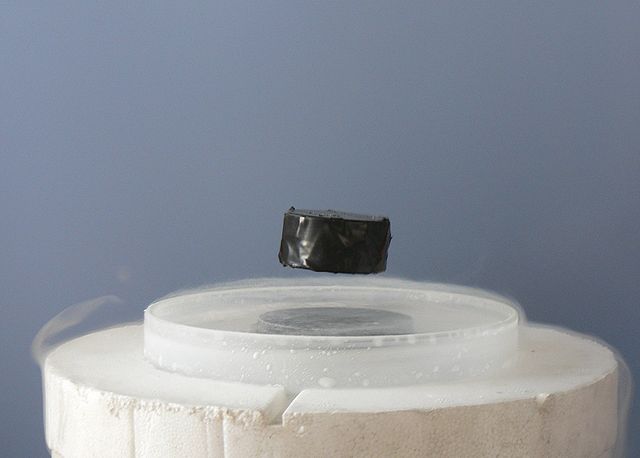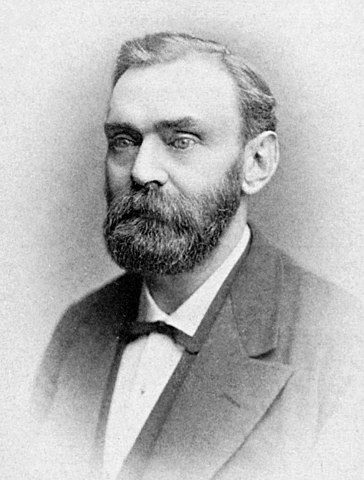We just learned how to count to 20 in French, let's keep going!
21 vingt et un - sounds like vah-n-tay-un /?/
22 vingt-deux - sounds like vah-n-doo /?/
23 vingt-trois - sounds like vah-n-twah /?/
24 vingt-quatre - sounds like vah-n-cah-tuh-ah /?/
25 vingt-cinc - sounds like vah-n-sunk /?/
26 vingt-six - sounds like vah-n-see /?/
27 vingt-sept - sounds like vah-n-set /?/
28 vingt-huit - sounds like vah-n-oo-ee /?/
29 vingt-neuf - sounds like vah-n-nef /?/
Notice that for 22-29, it's always the word for 20 vingt (vah-n)
and then the word for the number by itself.
So 25 is 20 vingt (vah-n) and 5 cinc (sunk)
so it's vingt-cinc (vah-n-sunk).
It's pretty much the same way for all the numbers up to 79!








